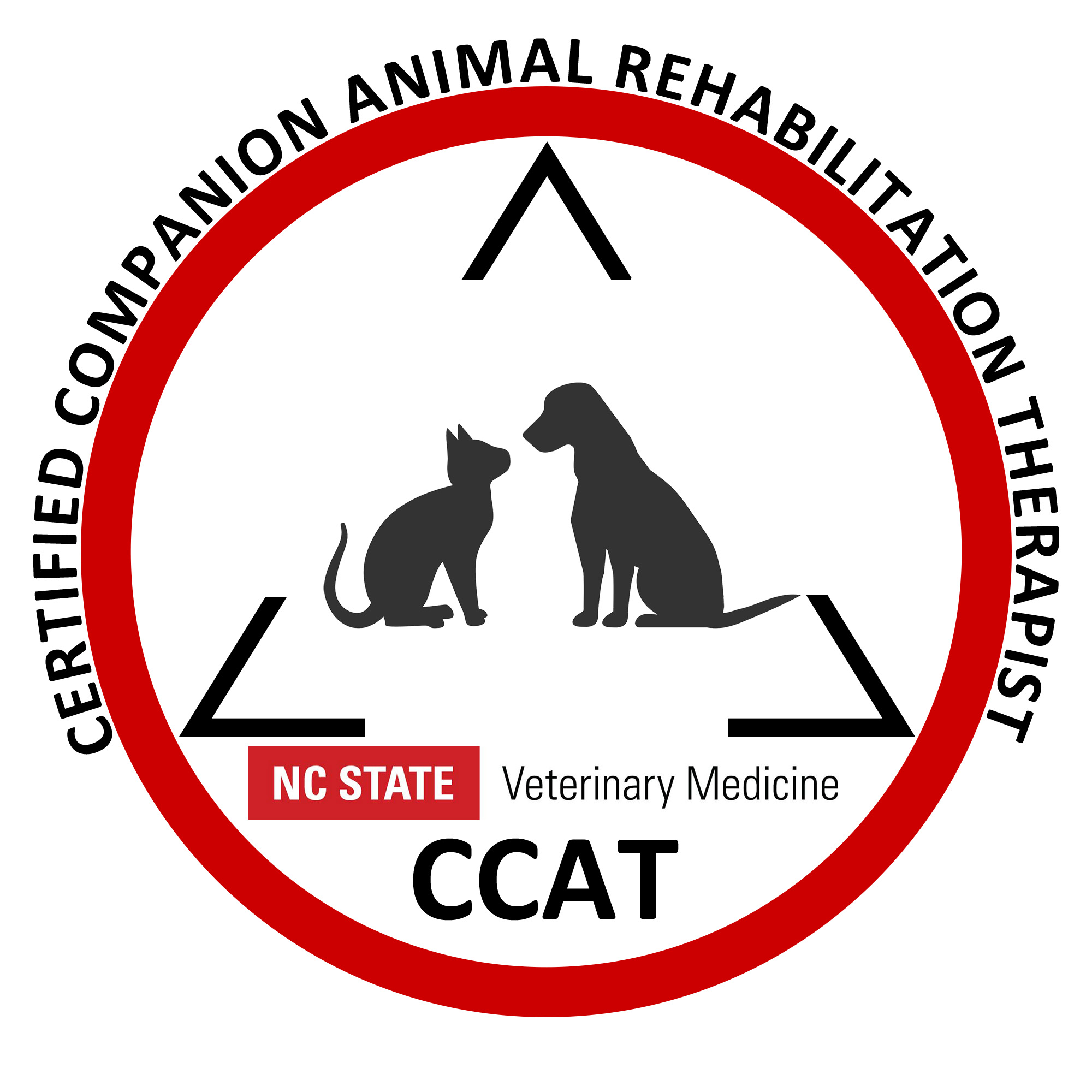

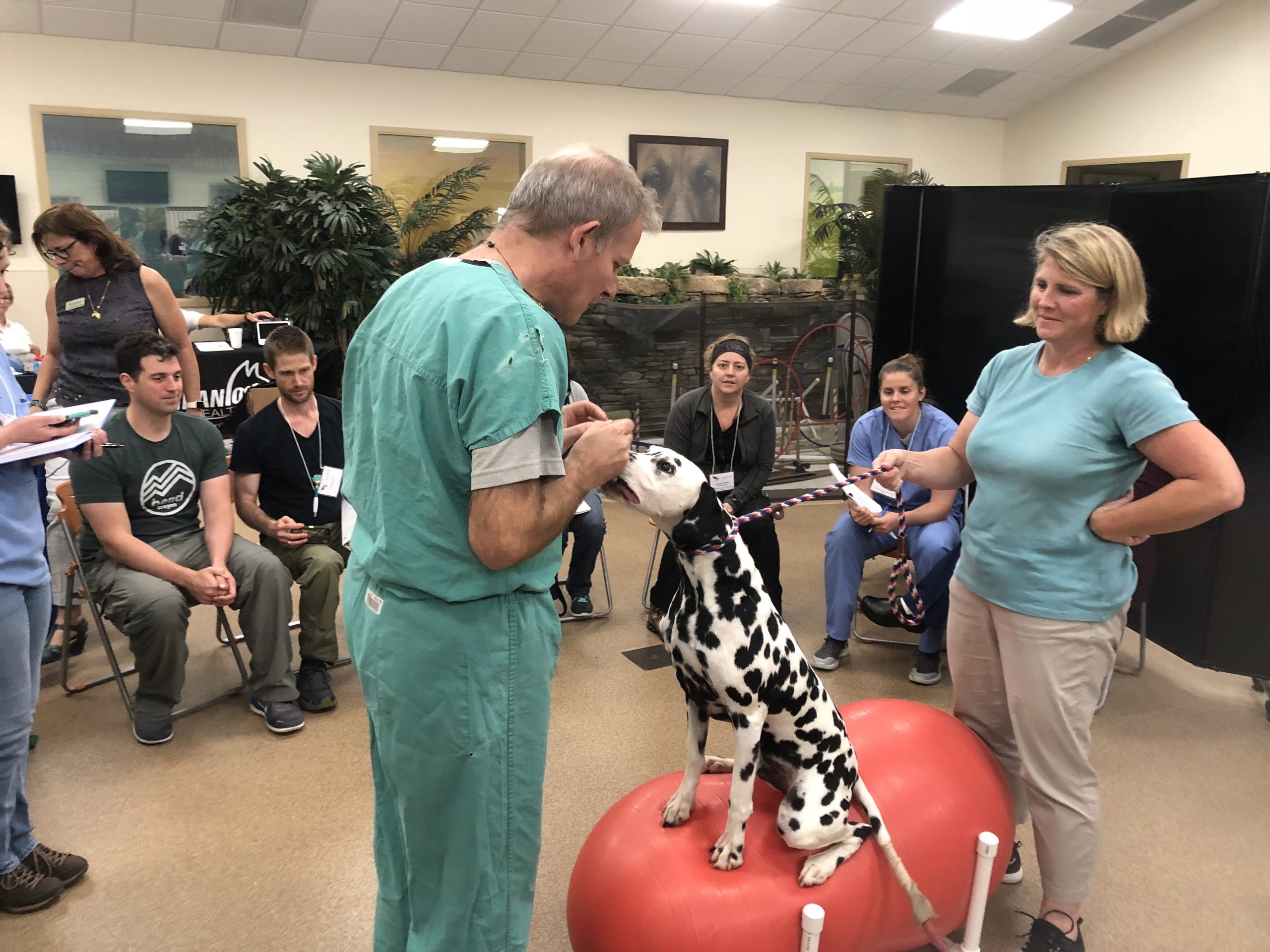

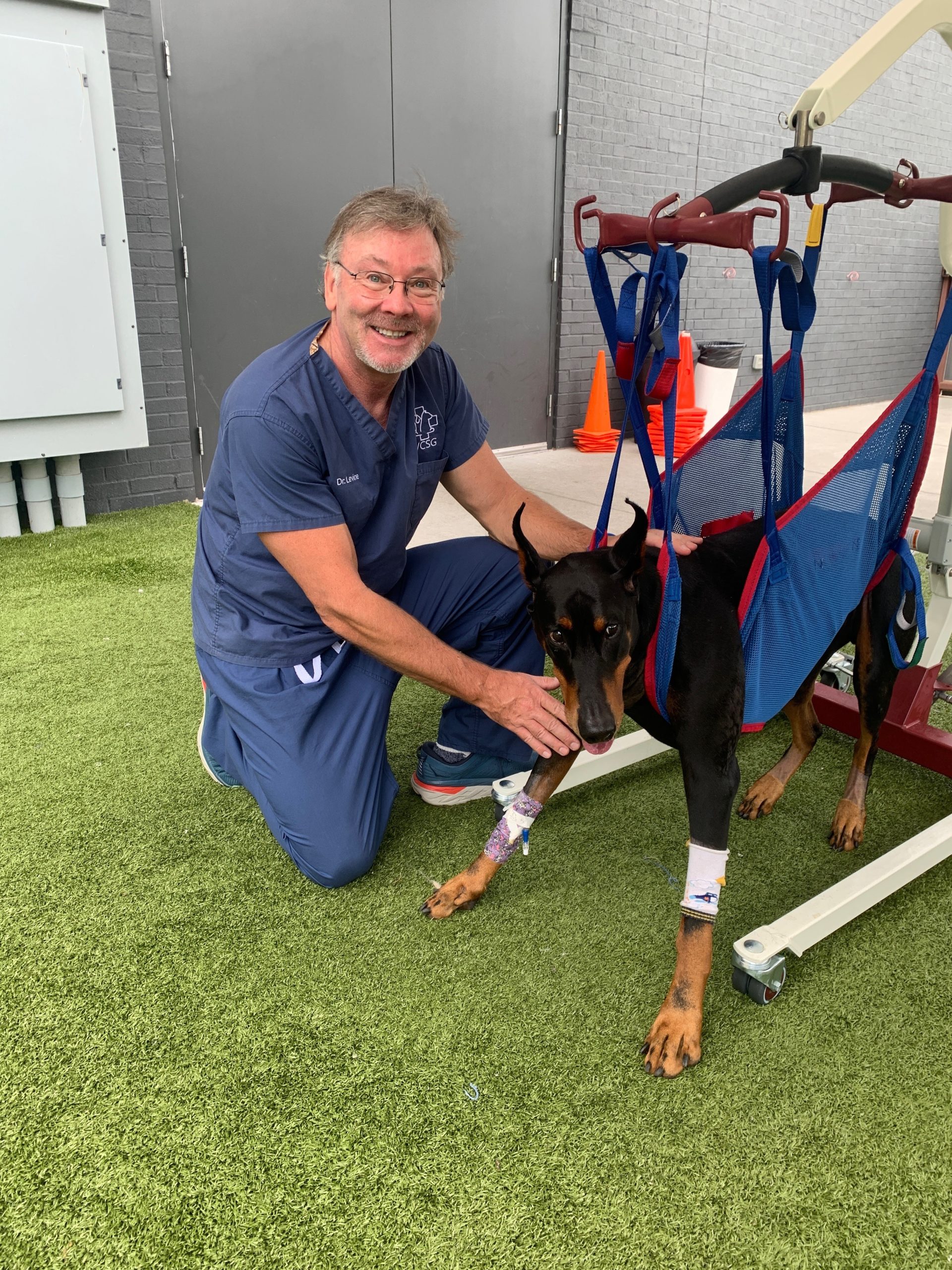

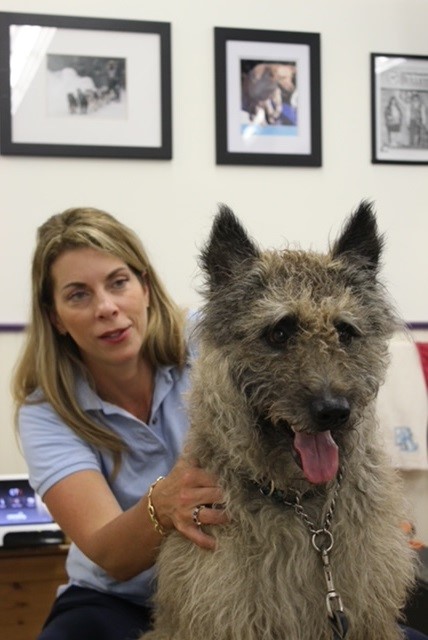

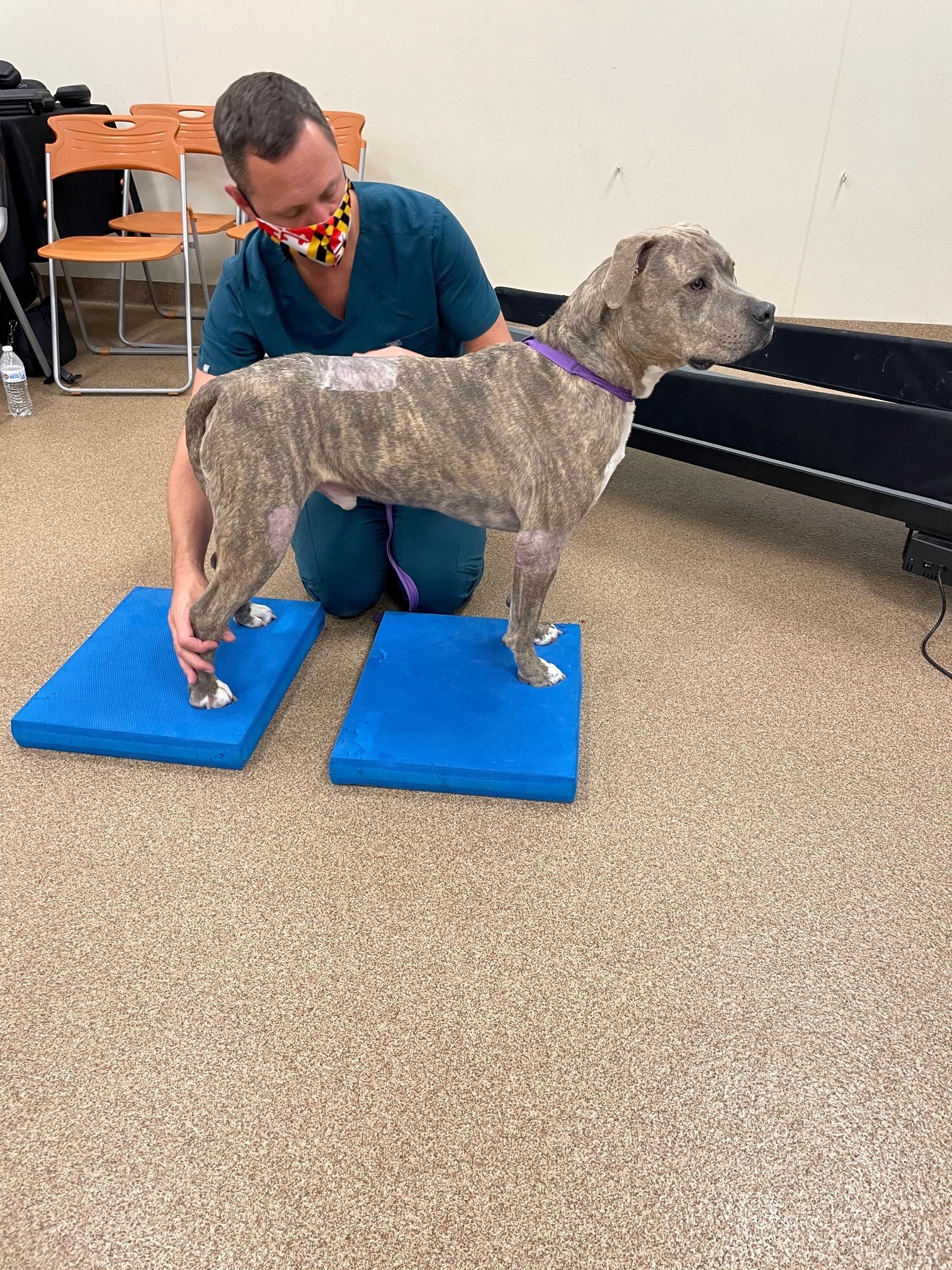

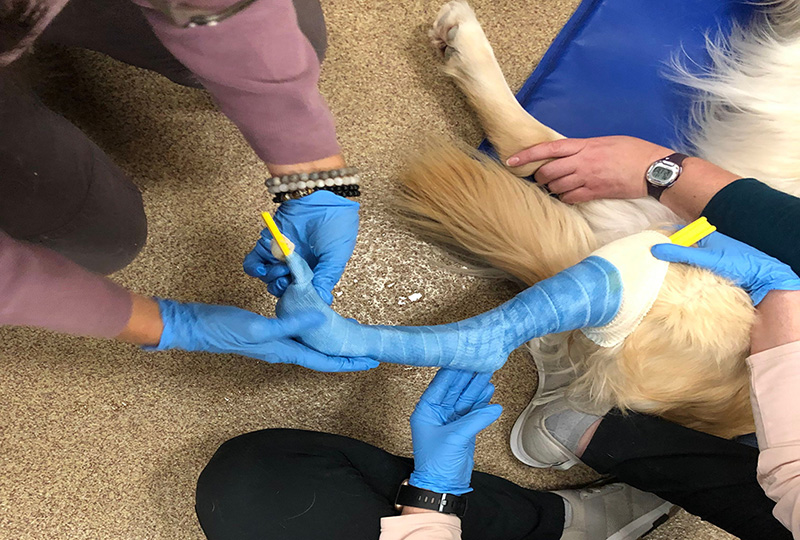

This online course will provide the participant with the didactic material for selected biophysical agent modalities and therapeutic exercises used in canine physical rehabilitation and companion animal physical rehabilitation.
$1,450.00
- Description
- Course Details
- Prerequisites
- Outline
- Learning Objectives
- Certifications
- Additional Info
- Reviews (0)
Description
Biophysical Agent Modalities and Therapeutic Exercises (CCAT – Certified Companion Animal Rehabilitation Therapist II – ONLINE) course will provide the participant with the didactic material for selected biophysical agent modalities used in canine physical rehabilitation. Superficial heating and cooling agents, therapeutic ultrasound, extracorporeal shockwave treatment, PEMF, laser therapy, and electrical stimulation will be covered as well as theoretical clinical applications with cases.
This course also provides the participant with the necessary skills to prescribe and provide therapeutic exercise programs. Benefits and risks associated with therapeutic exercise programs will be covered along with outcome assessment of exercise programs. Topics covered include joint biomechanics, exercise physiology, range of motion and stretching, gait training, strengthening exercises, balance and proprioceptive exercises, aquatic exercises, and exercises for wellness/prevention. Outcome measures (goniometry, circumferential measurements, etc.) will also be covered in the Biophysical Agent Modalities and Therapeutic Exercises – (CCAT II – Online) course.
Course Details
Prerequisites
Participant must be a Veterinarian, Veterinary Technician, Physical Therapist, Physical Therapist Assistant, Occupational Therapist or an actively enrolled student in one of these fields.
Outline
Fundamentals of Rehabilitation
- Tissue healing
- Acute and chronic inflammation
- Pain management in rehabilitation
- Common conditions in rehabilitation patients (infections / zoonoses, infestations, skin conditions)
Movement Science
- Gait evaluation
- Exercise physiology
- Biomechanics of therapeutic exercise
- Therapeutic Exercises for Proprioception and Balance
- Therapeutic Exercises for Strengthening
- Aquatic therapy
- Home exercise programs
- Designing and implementing an exercise program
Biophysical modalities
- Thermotherapy / cryotherapy
- Electrotherapy
- Therapeutic ultrasound
- Laser
- Shockwave
- PEMF and other technologies
Manual therapy
- Passive range of motion / stretching
- Massage
- Joint mobilization
General therapeutic approaches
- Neurologic examination
- Common Neurologic conditions
- Orthopedic examination, including special tests
- Common comorbidities in orthopedic patients
- Assistive devices
- Outcome assessment
Learning Objectives
After successful completion of this course, the participant should be able to:
- Describe the differences in acute and chronic inflammation and the proper signs of each.
- Understand the basic regulatory issues involved with canine rehabilitation.
- Demonstrate proper understanding of the general guidelines when using physical agents as modalities.
- Understand the principles of heat as therapeutic agent including its biological effects.
- Understand the principles of cold as therapeutic agent including its biological effects.
- Describe the typical parameters used in therapeutic ultrasound in small animal practice.
- Describe safe technique in preparing and applying ultrasound on dogs and understand both the thermal
and non-thermal effects of ultrasound. - Understand the basic principles of electrical stimulation including parameters, electrodes, motor stimulation,
sensory stimulation, and edema reduction. - Understand the basic principles of laser therapy in veterinary practice and demonstrate proper knowledge
of parameters for indicated pathologies. - Understand the basic principles of extracorporeal shockwave therapy in veterinary practice and demonstrate
proper knowledge of parameters for indicated pathologies. - Describe techniques of massage in small animal practice including its benefits, effects and general
considerations. - Acquire skills in various exercise techniques and their effects on the body including treadmilling, stairs and
inclines, cavaletti rails, dancing, wheel barrowing, etc. - Prescribe and provide therapeutic exercise programs for dogs to improve range of motion, strength,
balance, endurance, and improved function. - Understand the principles of proprioception and demonstrate useful proprioceptive exercises during
canine rehabilitation. - Describe various outcome measures used for the assessment of rehabilitation programs.
- Develop basic skills in understanding joint function and demonstrate proper technique with goniometry.
- Describe the benefits and physical properties of water and understand the practical use of aquatic therapy
in rehabilitation - Demonstrate an understanding of how to safely progress a dog in a rehabilitation program.
- Develop a basic understanding of joint mobilizations along with normal and abnormal end feels.
- Understand the normal and abnormal characteristics of canine gait and be able to describe each joint relative to different parts of a gait cycle.
- Describe the basic principles of splinting techniques for dogs
Certifications
AAVSB RACE CE Hours – Program Number #20-1006486
- Veterinarians: 31 Hours
- Veterinary Technicians: 31 Hours
Additional Info
- Certificates of Attendance can be printed once testing is completed with a passing grade. You can then print your certificate from home.
- Northeast Seminars is recognized by the RACE to offer continuing education for Veterinarians and Veterinary Technicians.
Portions Copyright© Northeast Seminars Inc. All rights reserved.
You must be logged in to post a review.


Reviews
There are no reviews yet.